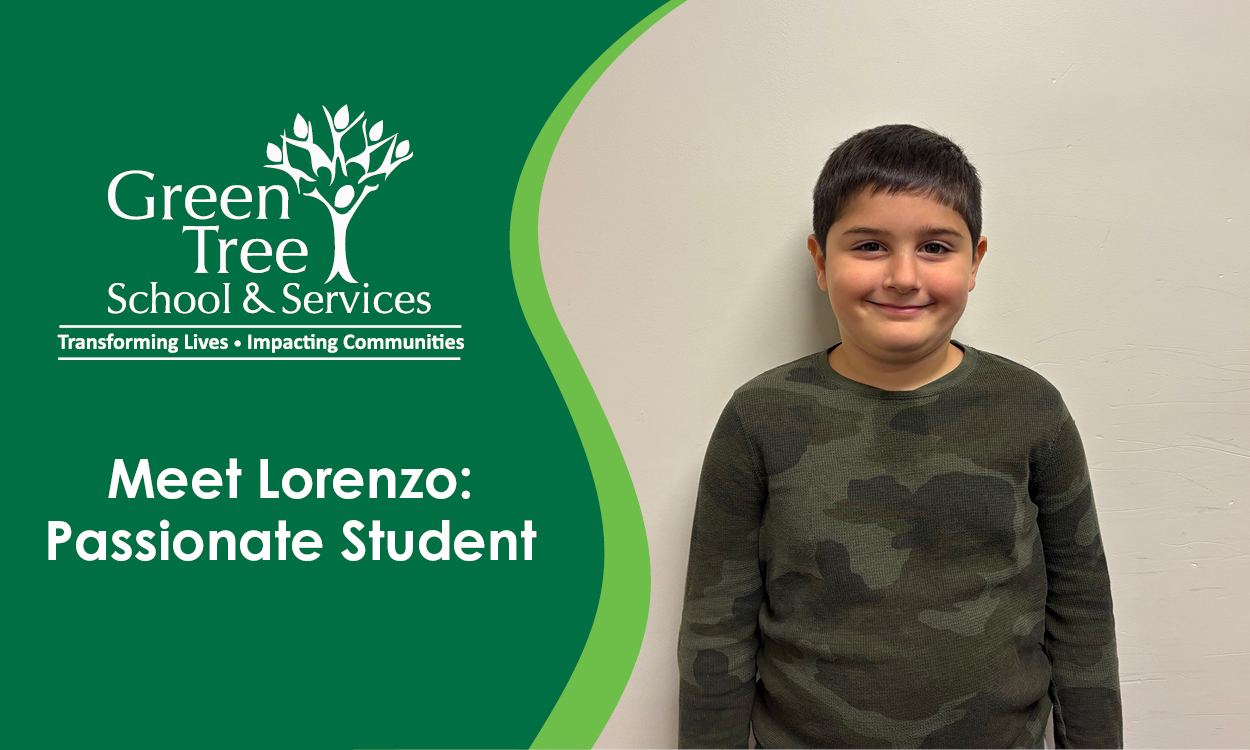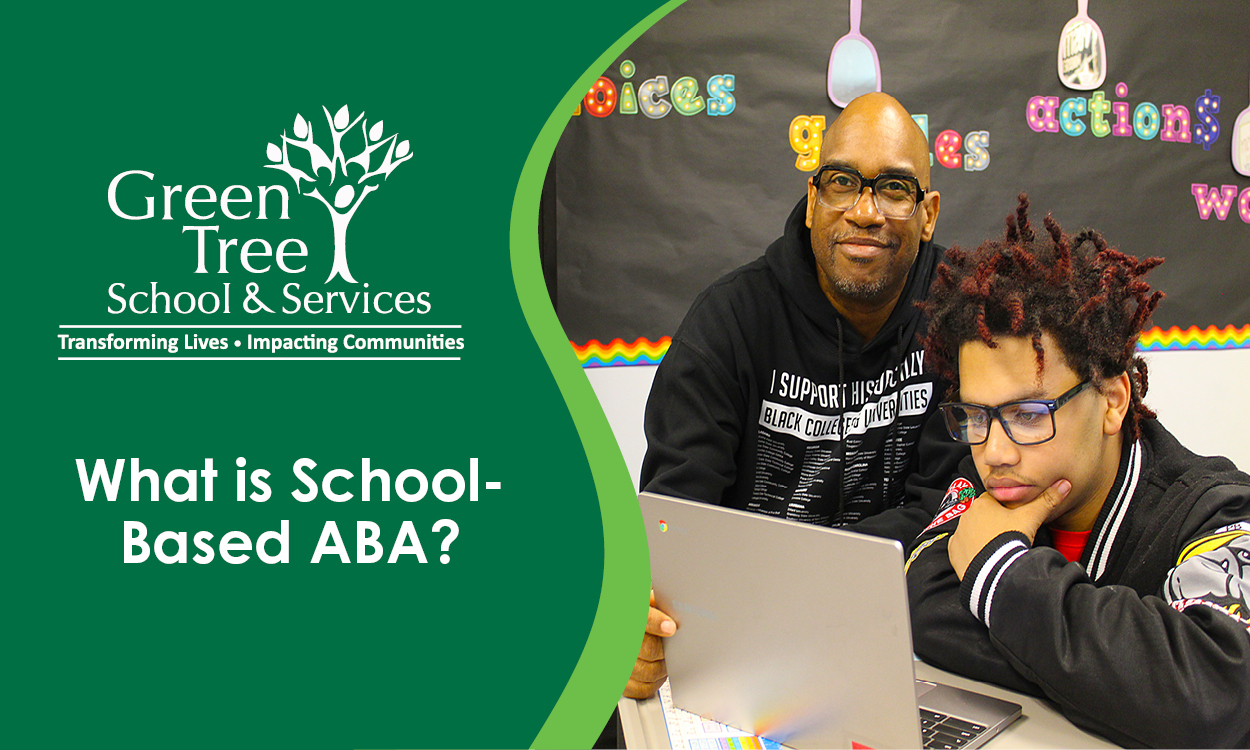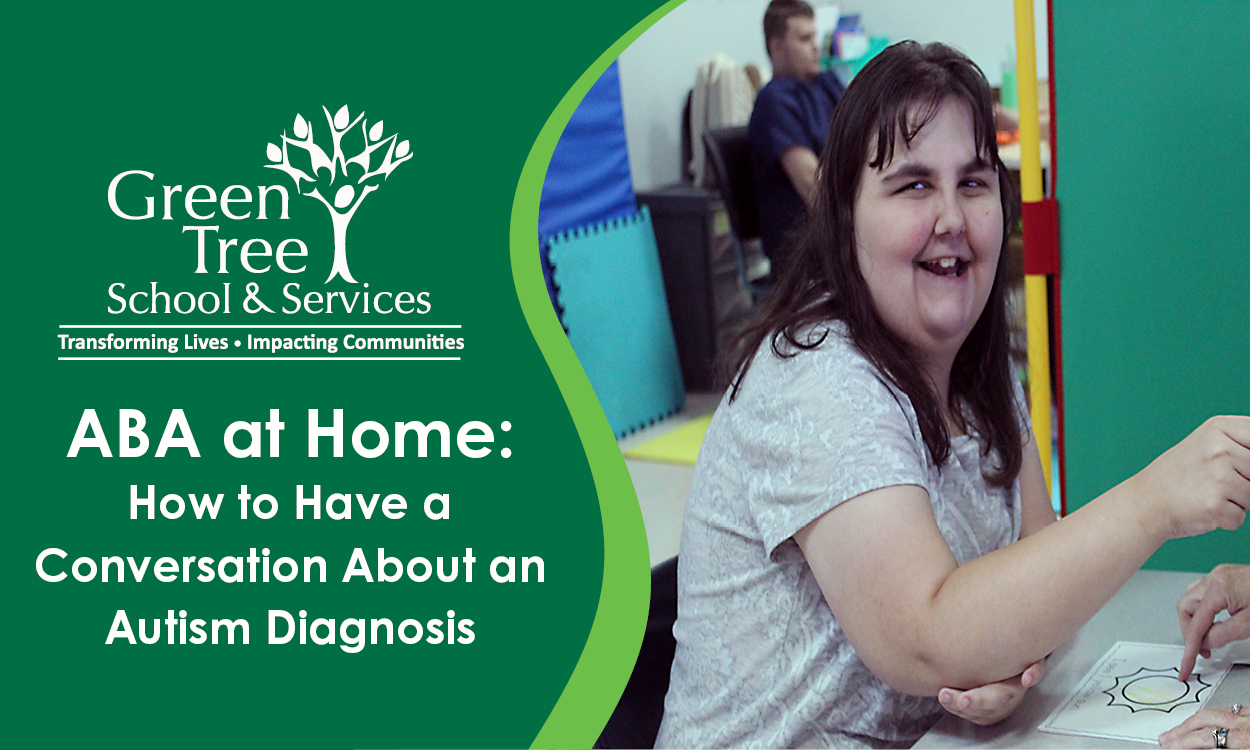Supporting Transition-Aged Skills at Home
Posted: June 07, 2021 | Written By: Diane Roulston | Category: Transition-Aged Students

By Diane Roulston
Transition Teacher, New Story Schools Wyomissing
At age 14, students will start planning with their IEP team, for their life after school. They will start making goals to work, or to be able to live as independently as possible, or to pursue future education such as college or trade schools. At school, your child may start going on transition-aged community trips — maybe to the grocery store to buy supplies, or to work sites to learn skills. No matter what your child’s post-secondary goal is, you might be asking how you can support these new skills at home.
Learning new skills and practicing them is something we have to do throughout our lives. With both students and with my own children I like to use the “I Do, We Do, You Do” method.
I Do
Part of learning is seeing the task done so they know that it can be done, and how to do it. With a student at school who has never done their laundry, I do the laundry the first time, but I go slowly. We approach the machine, and I explain the buttons. I let them touch and ask questions. I try to make it a little fun, if possible. While I do the laundry, I repeat motions or actions that may be complicated or confusing. I may ask them to hand me clothing so that even when I’m doing the task, they’re a part of the activity.
We Do
This stage requires me to step back a little. I ask them what the first step in the process last time was. I reward them verbally for remembering, or I steer them gently to the right answer if they don’t get it at first. For laundry, we press the buttons together, we load the machine together. We decide what temperature the water should be together. Then when the task is finished, I repeat things like, “We just did the laundry,” or “We’re doing the laundry,” or “Wow! The laundry is done, let’s check one task off of our list!” Using language like this reinforces the task and helps keep you and your child feeling relaxed and motivated.
You Do
The first couple times, I may start the task together with them. Continuing from our two previous steps, I’ll ask them to repeat the steps of the task. Then, I let them finish the task. The next time I’ll do even less at the start so that they do most, if not all, of the task by themselves. After they list out the steps of the task, or after I see them doing the task, I may say something like, “Wow, it seems like you are totally capable of doing this, and I have another thing I have to do. Finish up here and I’ll come back and check that everything’s going ok.” This way I can ensure the task is done well, but they have moments of independence. They also have my trust and respect — I’ve verbally acknowledged that they have acquired the skills they need to finish the task on their own.
This step can be hard because there is a learning curve to it. Your child may do the task slowly, or not be as thorough as you want. When that happens, I use the kind of language from before. “You did the laundry! But uh-oh, I see the socks aren’t dried fully! What should you do?” Let them come up with the answer. If they don’t, I go back through the steps of the task with them and have them remember which steps they missed or forgot. Then it’s an easy thing to go back to the missed step.
Soon they will get most of the steps right most of the time, and I need to coach less and less. The goal of these skills is to help your child be as independent as possible, not for them to do these skills perfectly right from the start.
So, when you hear that they’re learning a new skill in class, ask them to tell you what steps they’ve learned, and then have them remind you of those steps outside of school during applicable situations. If they’ve learned about laundry at school, have them work on laundry at home, too. Reinforcing these skills is a lifelong process. The more you encourage them to participate in household maintenance, the more you recognize them as capable of doing these skills, the more confident your child will become.
Want to be notified of new articles and resources from Green Tree Schools? Click here to submit your email and opt into our newsletter.









